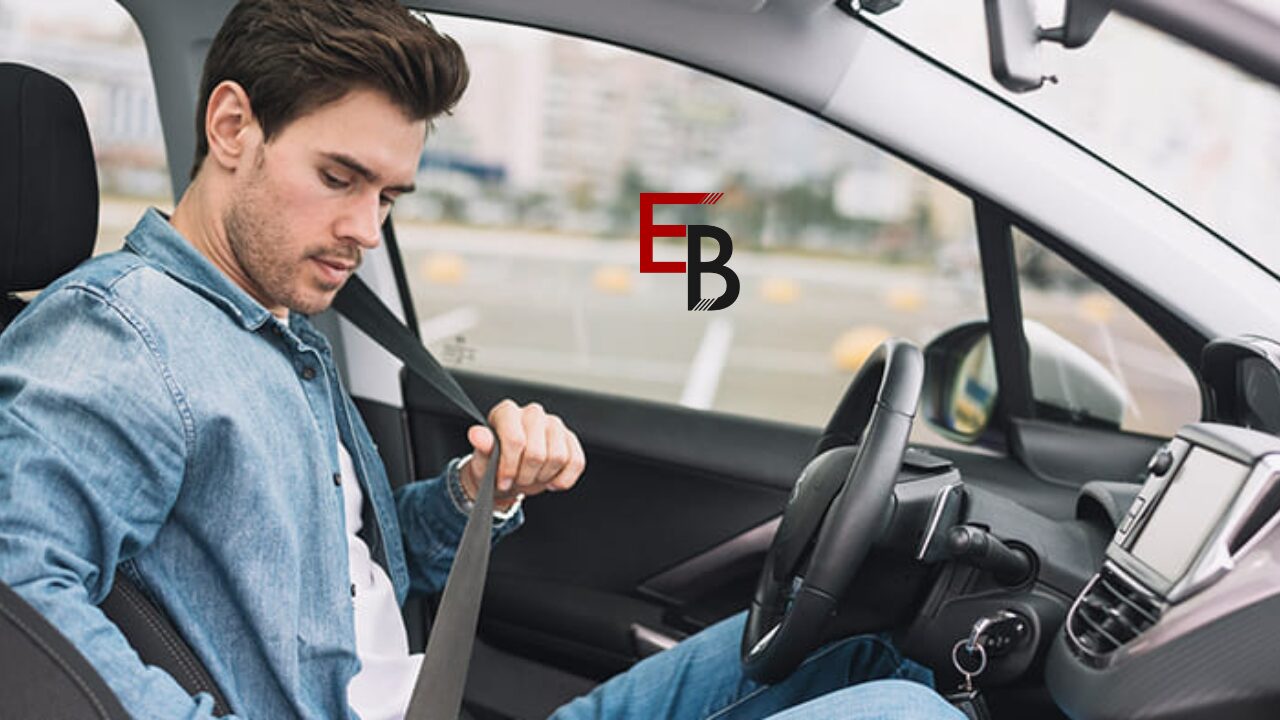What Safety Features Should You Look for in a Used Car?

The used car market provides countless opportunities to pick up a quality vehicle at a very reasonable price. But if you’re considering buying a car that’s been around for a decade or more, then it’s worth considering which safety features you’re getting for your money.
Why is a safe car necessary?
Safety matters to buyers. According to polling by YouGov, just 8% of British motorists want ‘as many safety features as possible’ in their vehicle.
If you’re transporting a family, then the chances are that you consider safety even more important. Certain safety features can make a big difference when you’re involved in a collision; others will help to prevent those collisions from happening in the first place.
We should also consider that some safety features will make driving that much more convenient and pleasant for the person behind the wheel. Adaptive cruise control, for example, makes motorway driving easier and safer.
Used car checklist
Certain manufacturers have a better reputation than others regarding overall quality and safety. For example, You can pick up a used BMW 2 Series for a very reasonable price. You’ll enjoy a stellar driving experience and the peace of mind of knowing you’re protected.
When buying a used car, you’ll want to consider the features available and the vehicle’s overall condition.
Check the tyres. Look for a generous tread well above the legal minimum of 1.6mm. If the tread is shallow, you’ll need to replace the tires – so factor that into your negotiations. Less tread means less grip when you’re traveling through standing water.
It’s worth looking at the bodywork. Nicks and scratches might indicate a more general pattern of neglect, meaning problems will probably appear elsewhere. Check the underside of the car for leaks, and look for any significant gaps between the paneling, which might indicate that the vehicle has been repaired incompetently.
READ MORE
When it comes to safety features, there are a few that make a big difference. Antilock braking might be considered a must-have on modern cars. It’ll prevent the wheels from locking up, even if the road surface is slippery.
Side airbags will protect the head and neck of the driver in the event of a crash and guard against whiplash injuries. Front airbags have been a requirement for all new vehicles since the late nineties, so it’s unlikely you’ll buy a car that lacks them. When considering the safety of a prospective purchase, it’s worth looking at the safety rating provided by independent testing organisations like Euro NCAP.
